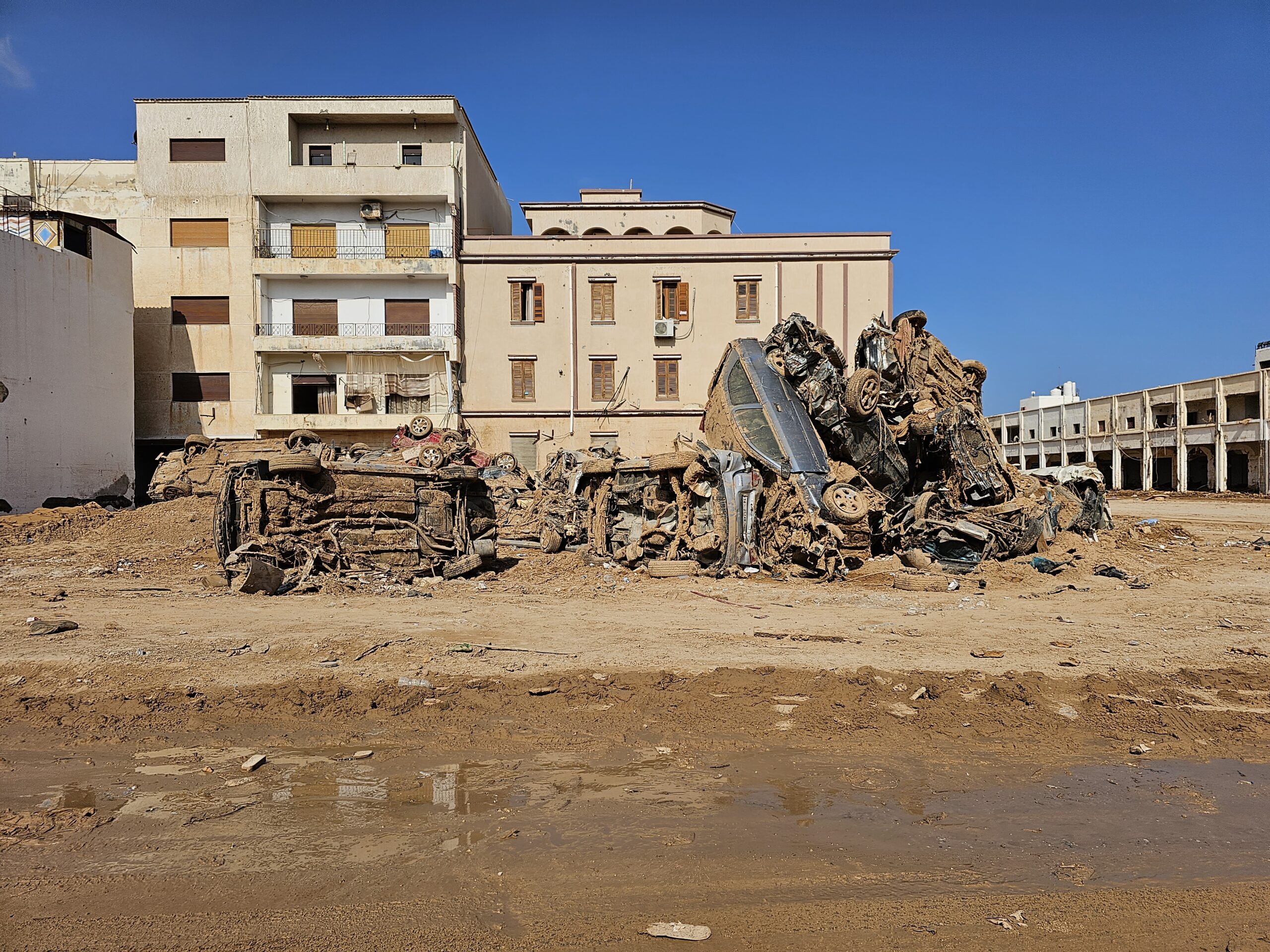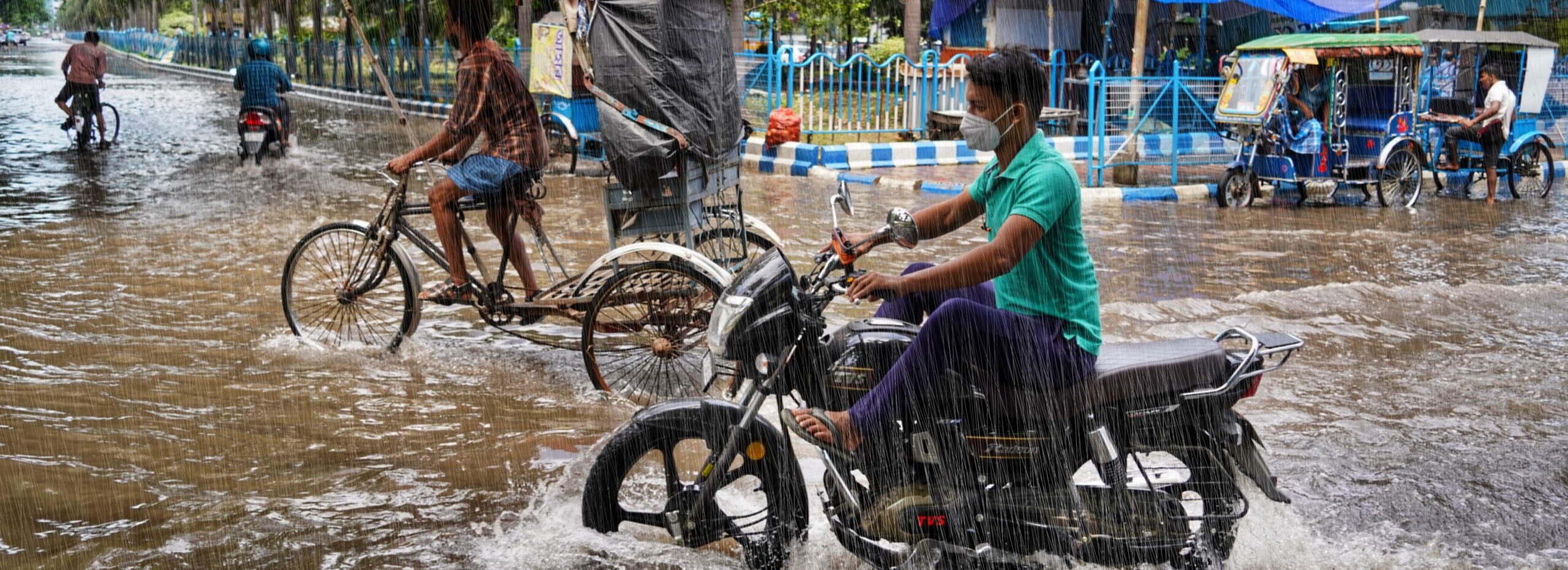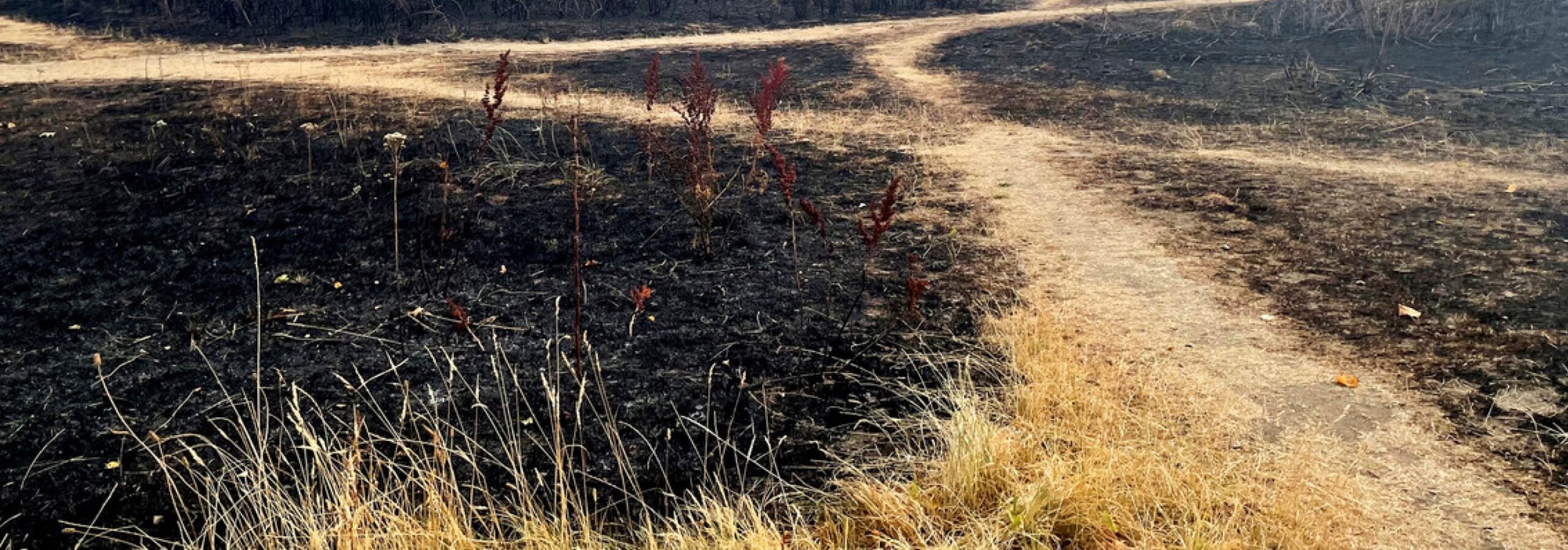On the 3rd of September torrential rain fell within a few hours in Spain, followed by very heavy rain and floods caused by the low-pressure system “Daniel” in Greece and Bulgaria between the 4th and the 7th of September, and devastating floods in Libya after very extreme rainfall during the 10th.
All three individual rainfall events caused severe flooding, submerging settlements, leaving thousands homeless and killing at least four people in Bulgaria, six in Spain, seven in Türkiye, and 17 in Greece. Further, 3,958 casualties have been confirmed in the Libyan city of Derna alone, and an additional 170 fatalities elsewhere in the country, while more than 10,000 people are still missing after two major dams broke.
Researchers from Greece, the United States of America, the Netherlands, Germany and the United Kingdom collaborated to assess to what extent human-induced climate change altered the likelihood and intensity of the heavy rainfall that led to the flooding.
To capture the different characteristics of the heavy rainfall and subsequent flooding we focus on two regions to assess the role of climate change: one over Greece, Bulgaria and Türkiye encompassing the region impacted by storm “Daniel” characterised as 4 day maximum rainfall averaged over land in the region 36 to 42.5N and 20 to 28.5 E (red box in Figure 1, 4th to 7th of September). Given that the region receives little rain over the summer (JJAS) but much more in winter, we focus for this event on 4-day max rainfall in the summer season. Secondly, we look at 1-day maximum annual rainfall in a smaller region over Libya (32 to 33N and 20 to 23E, red box in Figure 1, 10th September) where most of the heavy rain fell that led to the devastating flooding in Derna and the surrounding area. We do not assess the role of climate change for the event in Spain due to the fact that the rain fell in less than 24 hours.

Key findings
- The severe flooding in Spain, Greece, Türkiye, Bulgaria and Libya was caused by very heavy rainfall that fell, in the case of Spain in less than 24 hours, whereas it lasted 24 hours in Libya and up to 4 days over Greece and Türkiye.
- For Libya and Spain, we thus evaluate the return period of the annual maximum of 1-day accumulated precipitation; for central Greece, and the larger region defined above the annual maximum of 4-day precipitation. As a summary assessment, we state that the return time for the event in Spain is a 1-in-10 to 1-in-40 year event; for central Greece a 1-in-80 to 1-in-250 year event; for the large GBT region a 1-in-5 to 1-in-10 year event; and over Libya a 1-in-300 to 1-in-600 year event.
- In Libya the event magnitude is far outside that of previously recorded events.
- The uncertainties for the return times are very high and depend on the exact region and dataset chosen. In individual locations they can be very different from the ones shown here.
- To assess the role of climate change we combine observation-based products and climate models and assess changes in the likelihood and intensity of a 1-in-10 year 4-day event over the larger region encompassing Greece, and the parts of Türkiye and Bulgaria that were impacted by flooding, as well as the 1-in-600 year 1-day maximum rainfall event over Libya.
- For the large region including Greece and parts of Bulgaria and Türkiye, we find that human-induced climate change made an event as extreme as the one observed up to 10 times more likely and up to 40% more intense. An event as extreme as the one observed over Libya has become up to 50 times more likely and up to 50% more intense compared to a 1.2C cooler climate.
- The uncertainty in these estimates are high and encompass the possibility of no detectable change, but there are multiple reasons we can be confident that climate change did make the events more likely: from theory we know that an increase in rainfall intensity of around 10%, would be expected given current warming levels, so we could only report that there has been no change if there was a well-known dynamic process counteracting this effect, which there is not. Studies focussing on extreme rainfall with future warming also show an increase in heavy rainfall, rendering it probable that the observed increase in heavy rainfall is indeed a trend due to climate change. For these reasons, we do not give a central estimate of the influence of climate change, as in previous studies, instead giving an upper-bound of the effect.
- In Greece, this has been a summer of extreme heatwaves and fires, including the largest fire ever recorded in the EU, followed by Storm Daniel which devastated the centre of the country. Deforestation and relatively high rates of urbanisation have changed the landscape over time, increasing the number of people and assets exposed to flooding, and reducing stormwater drainage.
- In Libya, the volume of water and overnight timing of the dam failures meant that anyone in the path of the water was at increased risk, not just those who are typically highly vulnerable.
- Ongoing conflict and state fragility in Libya compounded the effects of the flooding, contributing to a lack of maintenance and deterioration of dam infrastructure over time and increasing peoples’ risk and the resulting impacts. The conflict also limits nation-wide adaptation planning and coordination across a range of climate issues facing the country, such as water scarcity, and extreme weather including heat and floods.
- In addition to the lack of maintenance, the Al-Bilad and Abu Mansour dams were built in the 1970s, using relatively short rainfall records, and may not have been designed to withstand a 1-in-300 to 600 year rainfall event. A full after-action review looking at the design criteria of the dams will be required to understand the extent to which the dams’ design, and the lack of subsequent maintenance contributed to the disaster. Even still, catastrophic dam failures and its impacts can be limited through risk reduction protocols that include real-time monitoring of forecasts, water volumes, and warning systems that alert those downstream of possible failures and the need to evacuate.
- While in Libya there was a forecast with a 3-day lead time on the track of Storm Daniel, the impact of that potential rainfall on infrastructure and people was not clearly understood in advance. Further, it is not clear to what extent forecasts and warnings were communicated and received by the general public, or relevant emergency responders. In conjunction with improved emergency management capacity, impact-based forecasts may help to provide a clearer understanding of how the rainfall translates into potential impacts and could lead to improved warnings in the future.
- This disaster also points to the challenge of needing to design and maintain infrastructure for not just the climate of the present or the past, but also the future. In Libya, this means taking into account the long-term decline in average rainfall, and at the same time, the increase in extreme rainfall like this heavy rainfall event; a challenging prospect, especially for a country plagued by crises.





